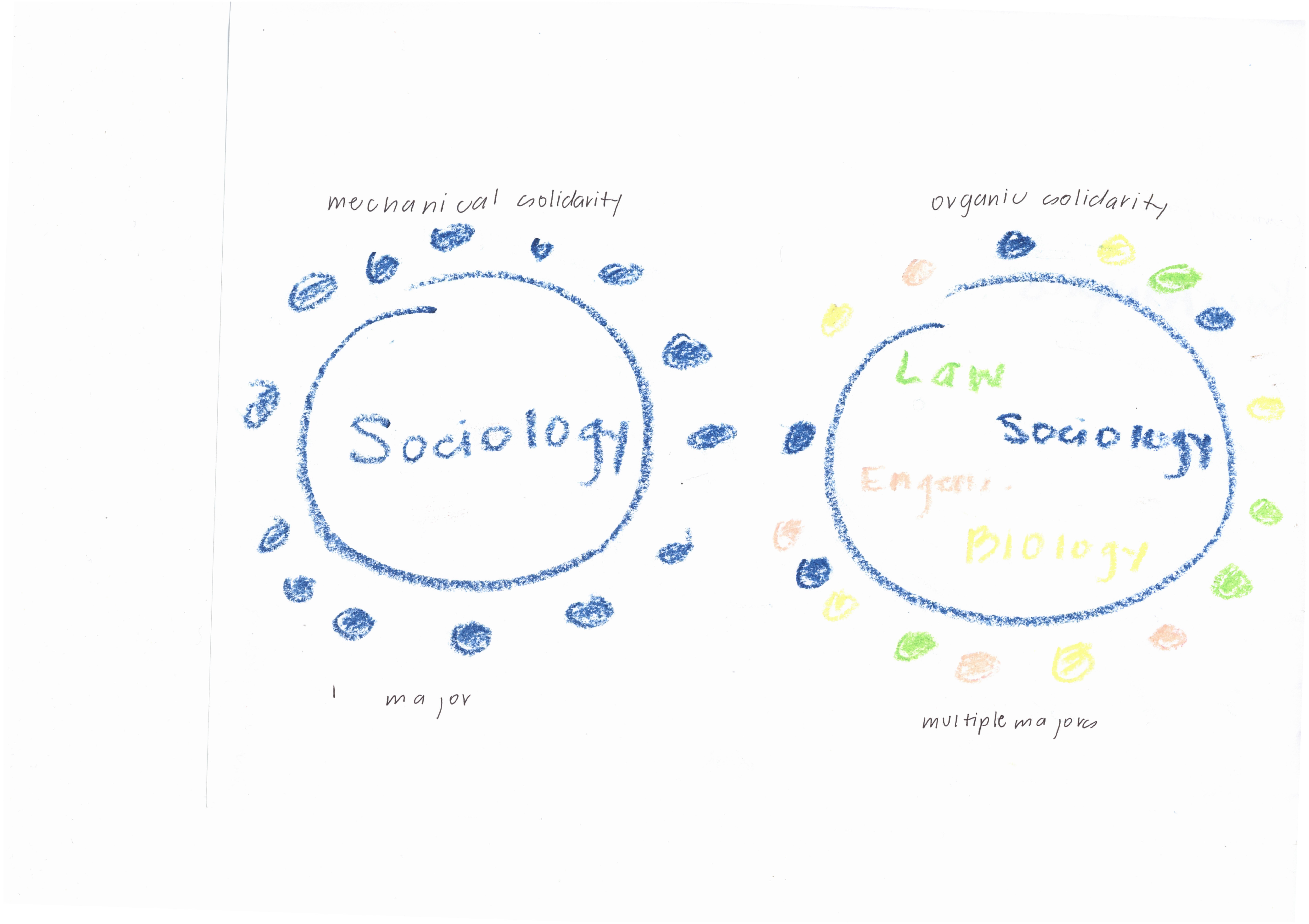Abstract
We provide instructions for three classroom activities to use in an introduction to sociological theory course for undergraduates. The goals of the activities are to develop students’ understanding of key concepts from sociological theory and to practice applying those concepts to ‘real-world’ examples. Class lessons aim to engage students in...Download this resource to see full details. Download this resource to see full details.
Details
- Subject Area(s):
- Theory
- Resource Type(s):
- Class Activity
- Class Level(s):
- College 200
- Class Size(s):
- Any
Usage Notes
Please see attached.Download this resource to see full details. Download this resource to see full details.
Learning Goals and Assessments
Learning Goal(s):
- Students will understand and apply the following key concepts in sociological theory: a) From Durkheim—organic and mechanical solidarity; b) From Marx/Engels—exploitation, ideology, and commodity fetishism; c) From Foucault—discourse as power.
- Students will develop the ability to critically assess these concepts from sociological theory to analyze their social worlds.
- Students will develop confidence presenting and explaining concepts and applications in small and large peer-groups.
Goal Assessment(s):
- Students will be asked to produce or find visual (e.g. magazine advertisements) and musical material (e.g. songs) that exemplify core concepts from sociological theory. In small groups, students will discuss and interpret the chosen material.
- The instructors will circulate, listening to and observing group work and asking clarifying questions. This allows the instructors to assess students’ comprehension, provide direct feedback, and encourage students to clarify their own ideas.
- Representatives from the small groups will present their ideas to the whole class and should be able to clearly articulate the connection between the chosen material and theoretical concept.
When using resources from TRAILS, please include a clear and legible citation.


